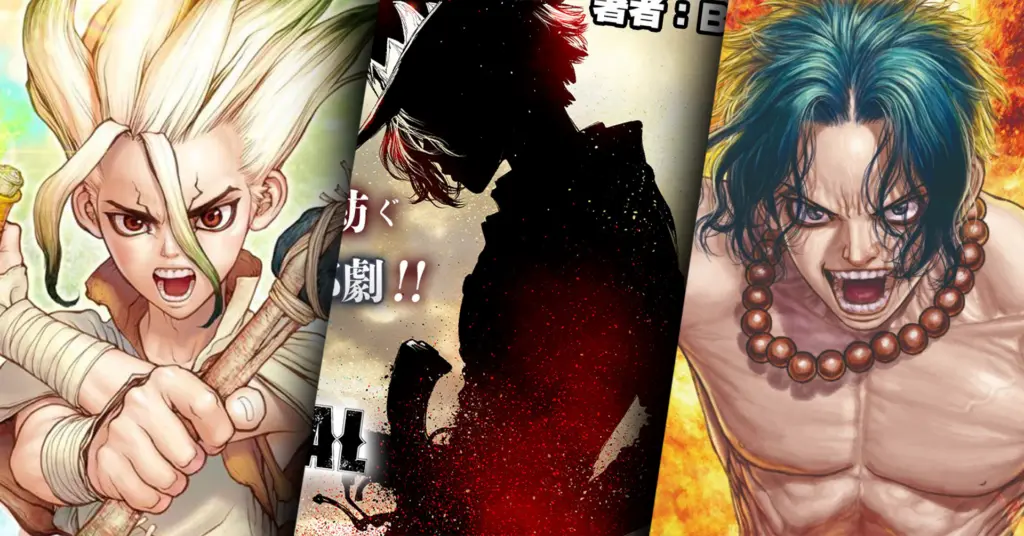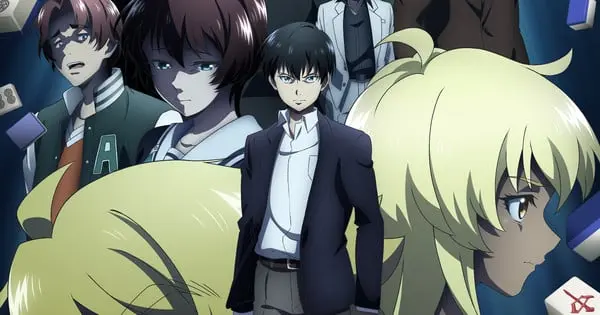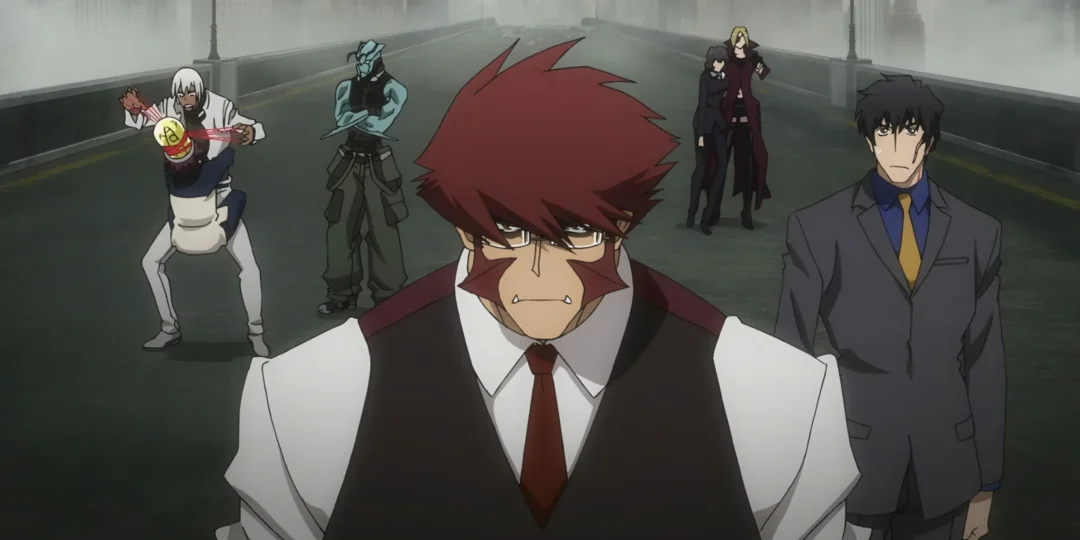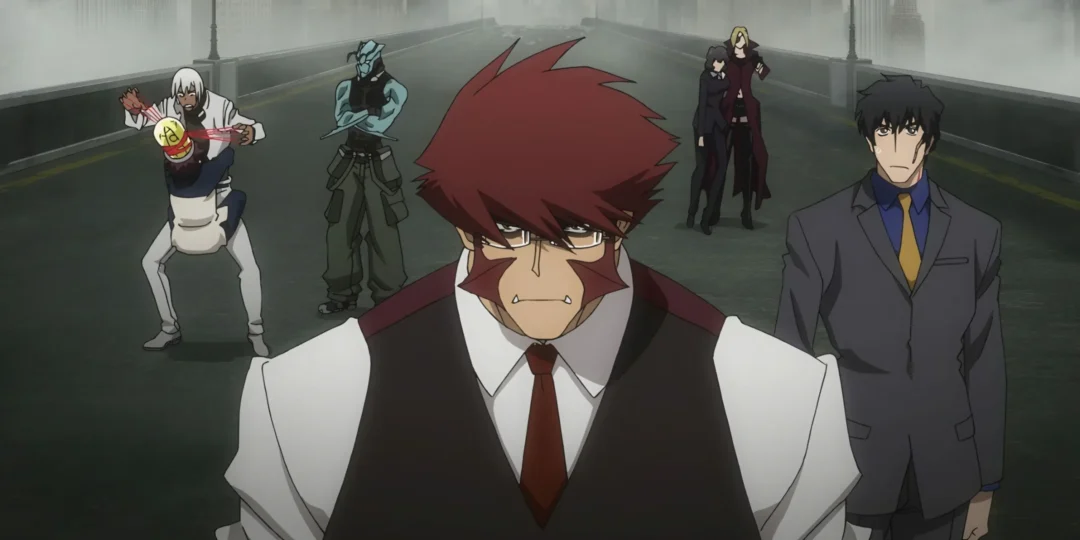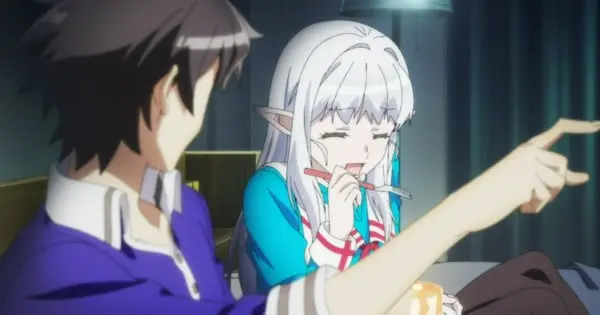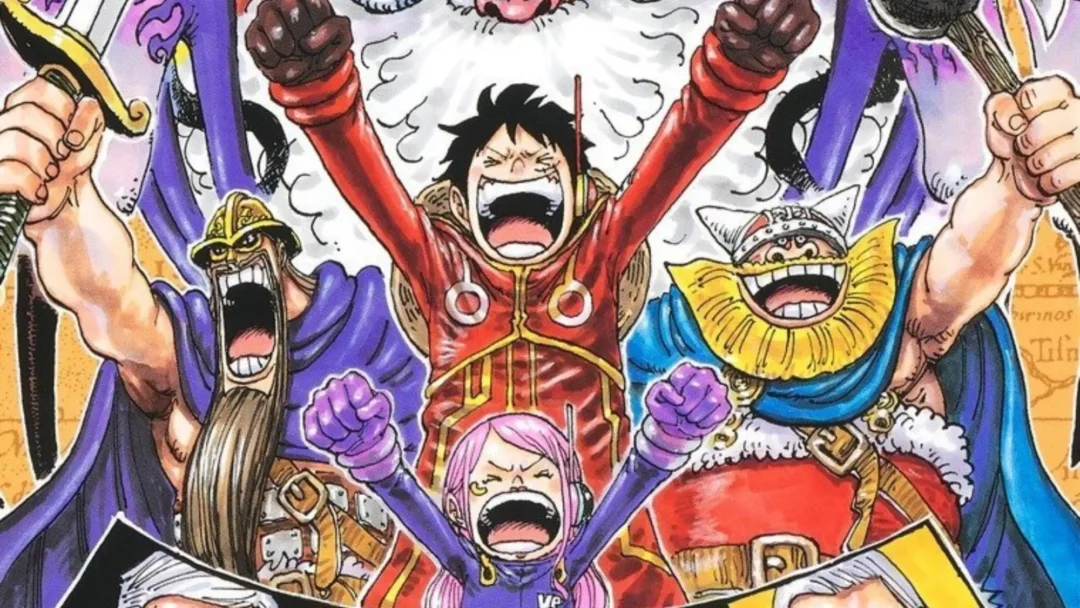The world of manga is abuzz with the news that the long-running and immensely popular series, One Piece, is undergoing a significant change in its editorial team. After many years with the same editor overseeing its development, Eiichiro Oda’s nautical adventure is now in the hands of a new individual. This shift has sparked a mixture of anticipation and trepidation among fans, who are eager to see how this change may influence the future direction of the beloved manga.
A New Era for the Straw Hats
The transition to a new editor for One Piece marks a pivotal moment in the series’ history. For decades, the previous editor had worked closely with Oda, helping to shape the story, pacing, and overall narrative. This individual was instrumental in maintaining the series’ consistency and quality, becoming a constant presence in the One Piece community. Now, a fresh perspective is stepping in, one that has the potential to bring new ideas and approaches to the table. This change is not just a procedural update; it’s a fundamental shift in the collaborative dynamic behind the scenes of one of the world’s most-watched and read stories.
The Role of a Manga Editor
Before diving into the potential impacts, it is essential to understand the role of a manga editor. Often working behind the scenes, the editor is the essential partner to the manga creator. They don’t just proofread; they actively engage with the story’s development. This includes:
- Storyboarding: Reviewing and providing feedback on the story’s narrative and flow.
- Pacing: Ensuring that the manga moves at a consistent and engaging pace, chapter to chapter, and arc to arc.
- Character Development: Offering insights into character arcs and their impact on the overall plot.
- Scheduling: Managing deadlines and publication timelines.
- Market Research: Providing information on what is trending and what could improve readership.
The editor serves as a crucial sounding board, helping the mangaka refine their vision and ensuring that it resonates with the readership. This relationship is a delicate balance of creativity and pragmatism, and a shift in editors can significantly impact how the manga progresses.
Potential Impacts of the Editor Change
With a new editor comes a degree of uncertainty. There’s excitement about the prospect of fresh ideas, but also worry about how this change may influence the core of One Piece. Here are some potential impacts:
Narrative Shifts
The new editor might bring a different approach to the storytelling process. This could mean a change in the pacing of the manga. We might see a faster narrative with shorter arcs or more extensive arcs that take more time to unfold. The overall themes of the manga could see an evolution, with subtle or overt shifts in tone and focus. The editor may encourage Oda to delve into unexplored themes or reconsider existing ones.
Character Development
Character development is another area that could be affected by this change. A new editor might have a different perspective on how certain characters should evolve, potentially leading to new dynamics between characters or the introduction of new characters who challenge existing ones. It is also possible that characters that have been on the periphery could move more into the spotlight.
Art Style
While the art is primarily Oda’s domain, an editor may have some say in visual aspects of the manga. This could range from suggesting subtle tweaks to encouraging the mangaka to experiment with different styles. While dramatic art changes are unlikely, some modifications or experiments could be interesting for long-term fans.
Fan Reception
The most significant impact may be how fans react to the change. Long-time fans might resist any departures from the familiar formula, while others might welcome a new direction. There is no way to know whether this will be received well or badly, but the response will likely be felt by the editorial team.
Reasons Behind the Editorial Change
While the specific reasons for the editorial change have not been explicitly stated, several factors could be at play. It is typical for manga publications to rotate editors over long periods, ensuring fresh perspectives for ongoing series. This change may be a strategic move by the publisher to bring in new ideas and revitalise the series, or it could be a personal choice of either the previous editor or Oda.
Strategic Move by Publisher
Publishers often make editorial changes as a way to ensure that their most successful series remain relevant and continue to capture new readers. A new editor might have a different understanding of the market or a new approach to targeting a broader audience.
Personal Choices
Changes in the editorial team may be driven by the personal preferences of the mangaka or the editor. After a long working relationship, it may simply be time for the individuals to seek new challenges or to take a step back from the series. This is normal in long-term projects, as individuals evolve and seek to make different contributions.
Operational Efficiency
Sometimes, editorial changes are made simply to optimize operational efficiency within the publishing house. New editors might bring in new ways of working that could streamline production and improve the overall process of producing the manga. This may also come down to different team or group focuses that occur as the editorial and publishing teams evolve.
What Does This Mean for the Future of One Piece?
The editorial change for One Piece is a significant event that has the potential to shape the manga’s future. It is not a cause for alarm, nor is it guaranteed that the series will radically change. It represents a new phase in the series’ history, one that will likely be marked by subtle shifts and evolutions rather than drastic changes. Fans will be watching closely to see how the new editor’s influence will be felt. Ultimately, only time will tell what exactly this change will mean for the future of One Piece and for Luffy’s journey to become King of the Pirates.

